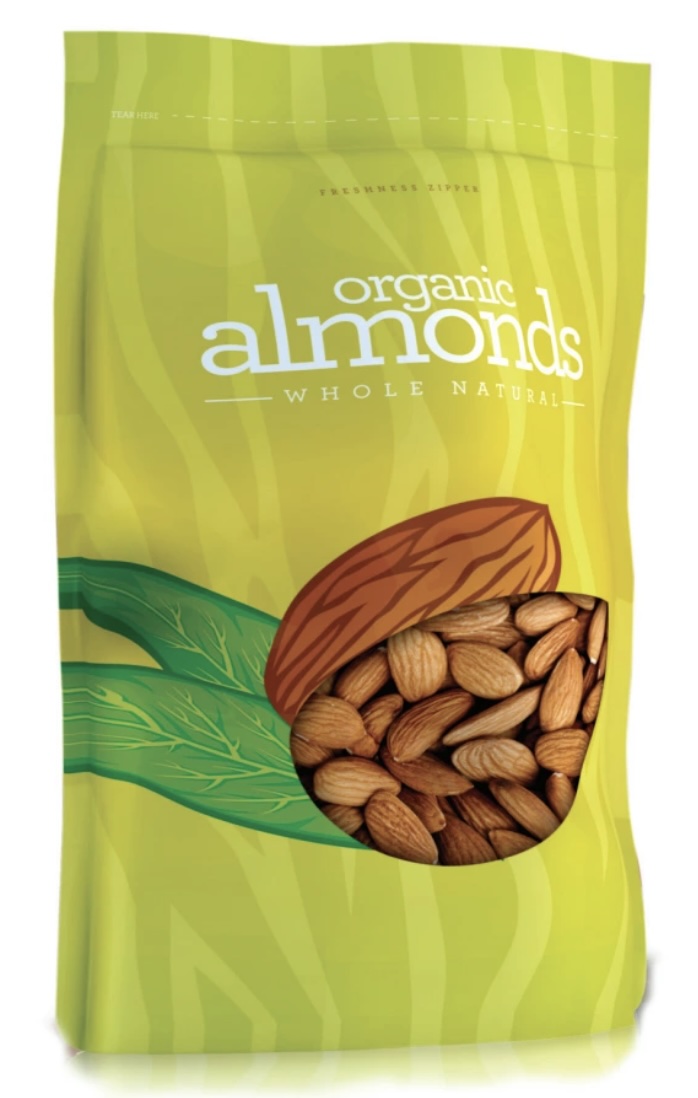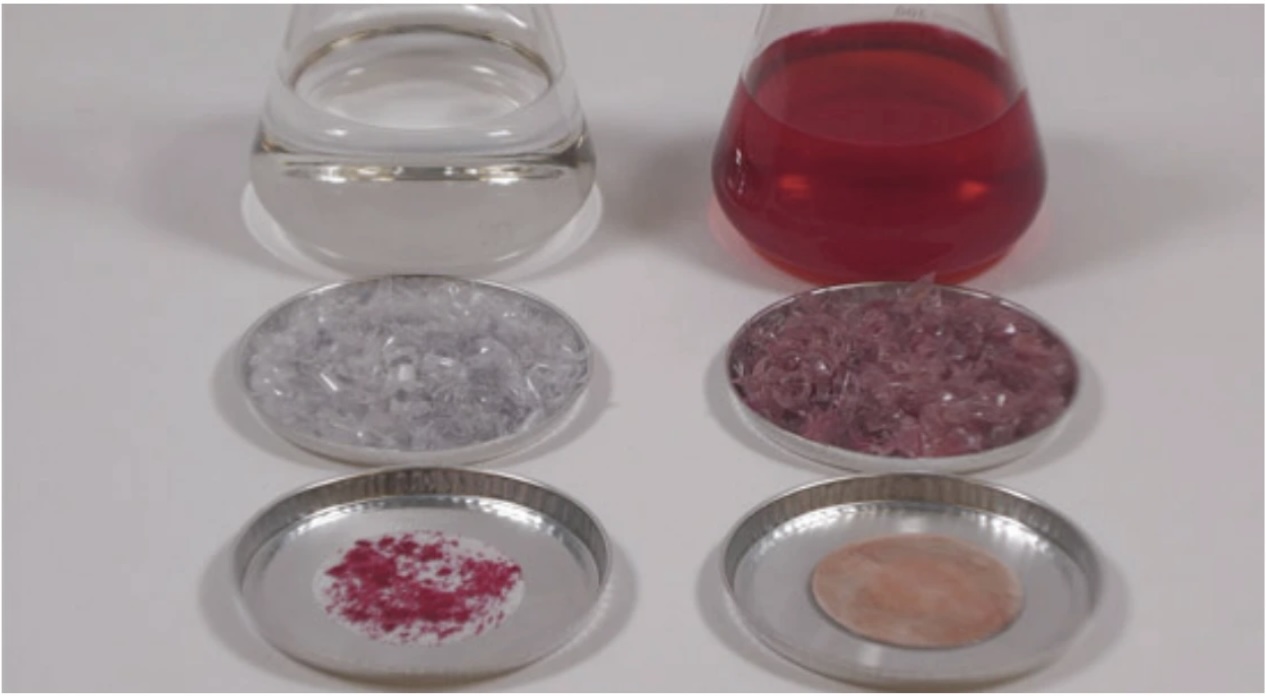Delivering Packaging Sustainability Through Pigment, Ink, Coating and Adhesive Technologies
- Published: January 17, 2025
By Nikola Juhasz, Global Technical Director, Sustainability, Sun Chemical
 Sustainability is a critical point of focus in the packaging sector. As converters and brand owners prioritize more environmentally responsible packaging formats and production processes, raw material suppliers are offering innovative approaches to enable sustainability.
Sustainability is a critical point of focus in the packaging sector. As converters and brand owners prioritize more environmentally responsible packaging formats and production processes, raw material suppliers are offering innovative approaches to enable sustainability.
The movement toward more sustainable packaging has been accelerated by regulations and legislation, with mounting pressure also coming from non-governmental organizations and climate advocacy groups, businesses and consumers.
In Europe, the Single-Use Plastics Directive (SUPD), a key part of the EU's overarching Circular Economy Strategy, places limits and strict regulations on single-use plastic products to reduce the environmental impact of plastic waste. Moreover, the EU's Packaging and Packaging Waste Regulation (PPWR) is a legal extended producer responsibility (EPR) framework that will become mandatory for all Member States, further promoting circular economy principles by reducing packaging production and waste, improving packaging recyclability, growing the market for recycled content and reducing resource consumption.
In the United States, EPR initiatives for the packaging sector are expanding quickly on a state level, aiming to drive greater circularity of materials post-consumption. To date, five U.S. states have adopted EPR laws, including Oregon, Colorado, California, Maine and Minnesota, with several others exploring similar legislation.
While key objectives of these laws are collection and recycling, their scopes frequently encompass recycled content increases, packaging weight reductions, enhanced reusability and elimination of problematic or toxic materials. Nationally, the U.S. Plastics Pact aims to advance packaging circularity through design, use and reuse. Specific targets under the new 2.0 Roadmap include recycling 50 percent of all plastics, limiting single-use plastics and eliminating all problematic and unnecessary plastics by 2030.
Essential to the transition to sustainable packaging practices is collaboration with suppliers who prioritize products that are not only sustainable themselves, but that also integrate well with existing systems and can deliver profitable energy and material use efficiencies, while also ensuring more sustainable packaging formats.
Among these products are pigments, inks, coatings and adhesives that utilize natural materials, that help reduce packaging weight and production waste, and that enable recyclability and compostability at end-of-life — all of which reduce carbon emissions and environmental impact.
Biorenewable, Compost-and Recycle-Friendly Pigments and Inks
Biorenewable Products
Biorenewable inks are composed of natural, renewable, more environmentally friendly materials that can be verified for biorenewability through carbon-14 testing or by third-party registration, like with the National Association of Printing Ink Manufacturers (NAPIM).
They may be an especially good complement to fiber-based substrates or biobased films. The inks may also use naturally occurring colorants for increased biorenewability, achieving eco-friendly pigmentation with no loss in on-press handling or application properties.
One specific class of biorenewable inks is water-based product technology. These inks are formulated with high levels of biorenewable resins that deliver strong print fidelity and ink resolubility, as well as resistance to abrasion, rub, water and grease. The inks can be printed on both coated and uncoated substrates and are a safe and more sustainable option, especially for foodservice packaging. Low migration, direct food contact (DFC), biorenewable inks can provide additional benefits, creating rich, colorful prints on the inside of food packaging that are able to come in direct contact with food without the need for additional protective coatings and without compromising health or safety.
Compostable Products
While biorenewable inks begin the packaging lifecycle with sustainable materials, compost-compliant inks benefit the environment at the end of the packaging life-cycle. Compatible with a range of packaging applications, com-post-friendly inks can be printed on a variety of plastic films and can be certified "OK Compost" by accredited certification bodies such as TÜV Austria in Europe.
Pigments for compostable packaging contain minimal levels of impurities which can interfere with the metabolic processes of the microorganisms which decompose compostable packaging structures. These pigments will not adversely impact compostability yet still provide a full range of vivid and durable colors.
Compostable coatings and adhesives such as oxygen, moisture and grease barrier coatings, as well as fully compostable laminating adhesives can also reduce a package's environmental impact by allowing composting at end of life.
Recyclable Products
Recycle-friendly inks and pigments are designed to ensure compatibility with every step of today's paper and plastic recycling processes. The first step in the package recycling process is near-infrared (NIR) sortation by material type in a material recovery facility (MRF). Certain pigments, like carbon black, absorb NIR energy and thereby hinder the proper identification of the underlying packaging material during the sorting process.
NIR transparent pigments are now being formulated without any carbon black to maintain NIR-detectability for successful sorting of recyclable materials. There are also multichromatic pigment blends that achieve a black appearance without carbon black. Both approaches allow proper NIR detection and sortation.
Another way to enable more effective recycling is through washable or deinkable inks. These inks can be washed off and fully separated from plastic or fiber-based substrates without leaving behind residues that could inhibit recyclability or limit future applications. For example, washable inks can be removed and filtered in PET bottle recycling processes, without bleeding into the recycling wash water, to enable higher quality and yield of recycled PET, fully aligning with the Association of Plastic Recyclers' (APR) design guidelines.

Coatings and Adhesives That Enable Lightweighting and Reduce Waste
Lightweighting
Plastic labels and packaging often involve two or more film layers which are laminated together and difficult to separate, complicating the post-use recycling process.
Mono-web coatings provide a highly durable outer surface, enabling a one-ply film structure for lightweighting and enhanced recyclability. Mono-web coatings are compatible with many different applications and press types, and contribute to downgauging, which means using lesser amounts of materials to decrease the packaging weight, carbon footprint and cost, while also improving the package's end-of-life disposition and reducing overall waste.
Waste Reduction
Barrier coatings and adhesives are another way to reduce plastic waste by enabling mono-material packaging. Barrier coatings can replace polyethylene (PE) films in paper applications, for example, which makes the recycle-friendly transition from plastic to paper, or "paperization," more attainable. They can also allow elimination of barrier film layers in plastic packaging. Barrier adhesives reduce waste by offering two-in-one barrier and gluing functionality to contribute to structural downgauging and enhanced recycling.
Supplier partners who provide products that enable increased sustainability throughout the entire packaging lifecycle, from design to end-of-life, make it more feasible for converters and brand partners to make the transition toward a more circular economy and satisfy the demands of regulators, non-governmental organizations, brand owners and consumers.
About the Author
Dr. Nikola Juhasz, Ph.D. is the global technical director for sustainability at Sun Chemical. To learn more about Sun Chemical's sustainable products for printing and packaging - including SunSpectro SolvaGreen and SunPak biorenewable inks, Premium COMPAL K Aluminum ettect pigments, SunSpectro Solvawash washable inks, SunCure mono-web coatings and SunLam and SunBar Paslim adhesives, contact This email address is being protected from spambots. You need JavaScript enabled to view it. or visit https://pgo.sunchemical.com/l/62722/2025-03-26/3vyj7y4.




